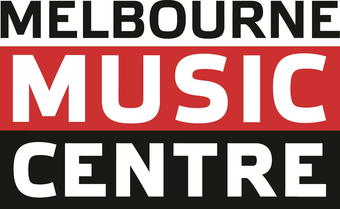In the vibrant world of percussion instruments, few captivate the soul quite like the djembe and conga drums. These handcrafted marvels resonate with cultural heritage and rhythmic prowess, inviting musicians on a rhythmic journey steeped in tradition and creativity. Let's embark on an exploration into the captivating universe of djembes and congas, uncovering their cultural significance, intricate construction, and the myriad of playing techniques that bring forth their enchanting rhythms.
-
Cultural Heritage and Significance:
- Originating from West Africa, the djembe embodies centuries-old traditions, serving as a symbol of community, celebration, and storytelling. Congas, with roots in Afro-Cuban music, hold a significant place in Latin music culture, pulsating with infectious rhythms.
-
Construction and Design:
- The djembe's body, traditionally carved from a single piece of hardwood and topped with a goatskin drumhead, creates its resonant tones. Contrastingly, the conga features a staved construction with wooden shells and animal skin or synthetic heads, yielding its characteristic warm tones.
-
Diverse Rhythms and Playing Techniques:
- Explore the rich tapestry of rhythms achievable with djembes and congas, from traditional African beats to Latin grooves. Highlight the nuanced playing techniques, including hand positions, striking variations, and tonal manipulations, that produce distinct sounds and rhythms.
-
Role in Cultural Celebrations and Music:
- Djembes and congas play pivotal roles in cultural ceremonies, social gatherings, and musical performances. They facilitate communal expression, infusing energy and spirit into dances, rituals, and music-making.
-
Global Impact and Adaptation:
- These hand drums have transcended borders, influencing diverse music genres worldwide. From jazz and fusion to contemporary pop, their rhythmic versatility has found a place in various musical landscapes.
-
Community and Connection:
- Playing djembes and congas often involves collaboration and community building. The rhythmic interplay between players creates a sense of connection, fostering a collective musical experience.
-
Learning and Mastery:
- Mastering these drums involves dedication and practice. Encourage aspiring drummers to explore tutorials, workshops, and the guidance of experienced players to unlock the depth and intricacies of these instruments.
Djembes and congas stand as rhythmic gateways to rich cultural traditions, vibrant musical expressions, and a profound sense of community. Their construction, diverse rhythms, and the intricate techniques required to master them are not just about music—they're a celebration of heritage, unity, and the universal language of rhythm. Embrace the percussive power of these hand drums, and embark on a rhythmic journey that intertwines cultural significance with creative expression.

